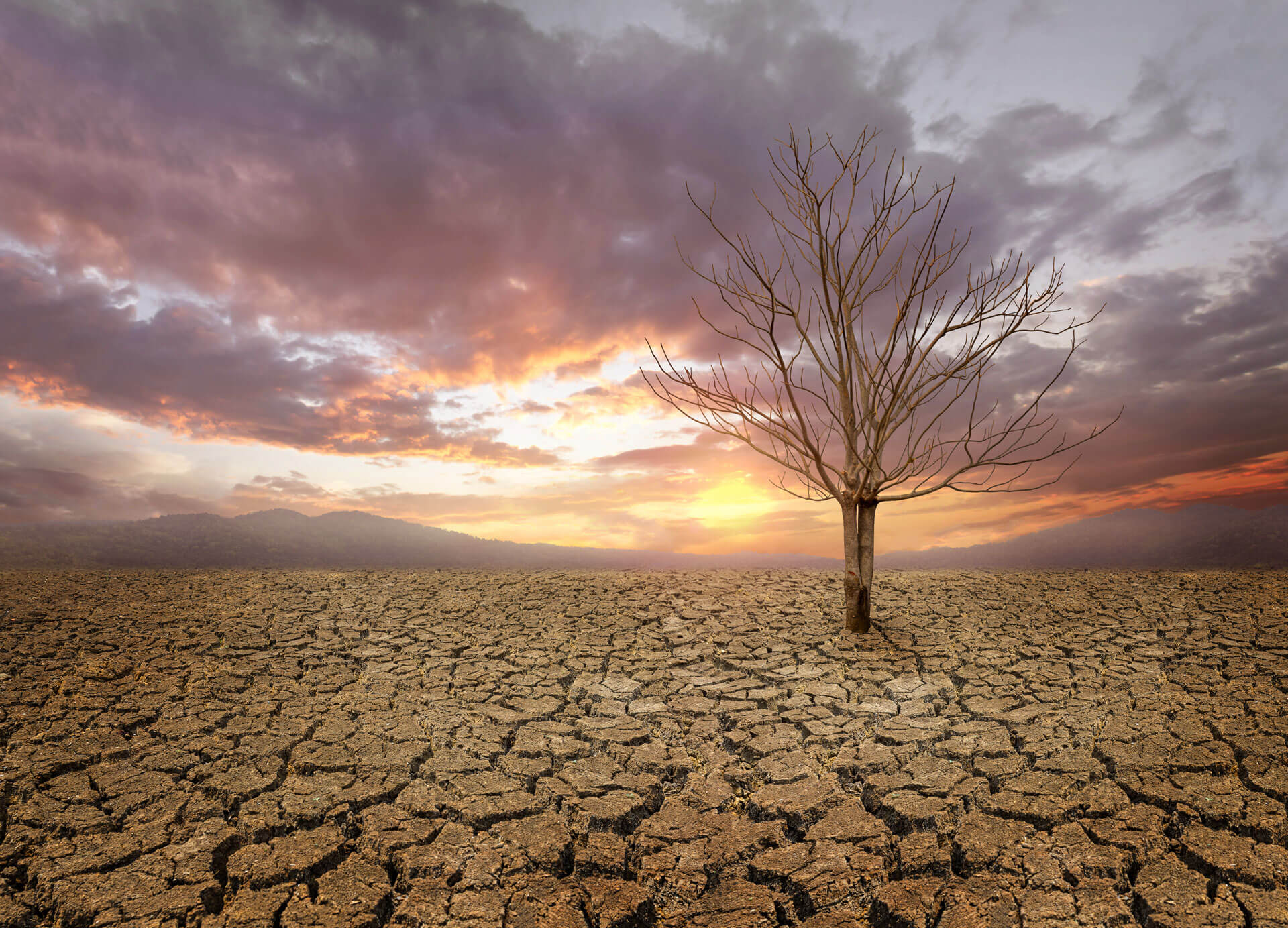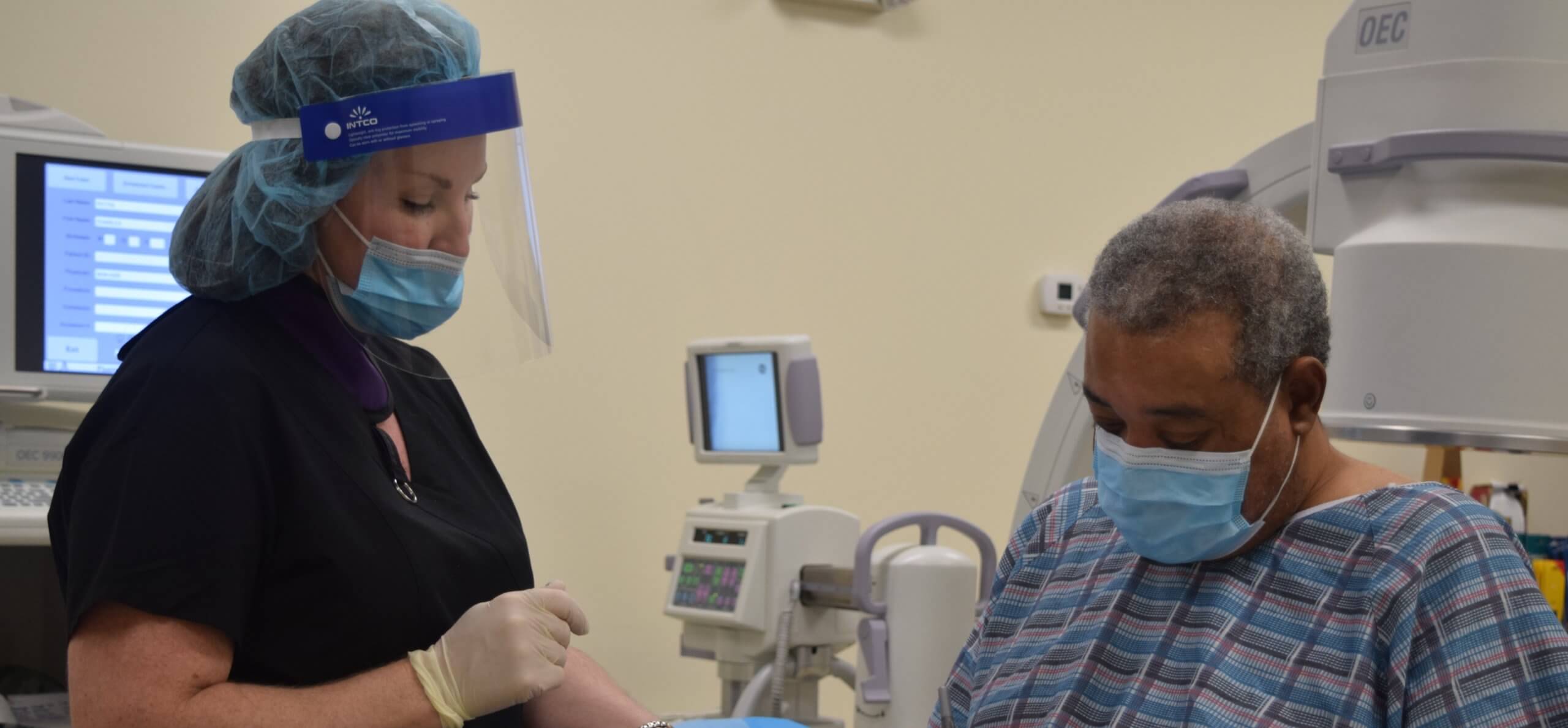News & Blog
Climate change may lead more people to develop kidney stones
The global climate crisis could cause more people to suffer from kidney stones, a study suggests.
According to a new finding by the Children’s Hospital of Philadelphia, kidney stone cases will increase between 2.2% and 3.9% as the global temperature rises. Raised temperatures due to the climate crisis will subsequently lead to a rise in people suffering from kidney stones. According to a new discovery, it is a painful medical condition that worsens by heat and dehydration. Researchers used two climate scenarios to assess the burden of heat and humidity relating towards kidney stones by the end of century in South Carolina. This region currently has a higher-than-average prevalence rate.
About one in 10 people in the US suffer from kidney stones at a certain point in their life. Kidney stones are the results of hard deposits of minerals (mainly calcium) that develop in concentrated urine and are extremely painful while passing through the urinary tract.
The cases of kidney stones has escalated over the past two decades, especially among people of color, women, and adolescents. Children’s Hospital of Philadelphia (Chop) researchers found, the number of cases will significantly increase, that will cause huge rise in health costs, is directly related to whether greenhouse gas emissions continue at the current rate or are lowered down to an intermediate level.
Diet and lifestyle changes have aided in the rise in the condition, but prior studies have shown that high ambient temperatures increase the risk. People who are seeking medical help for kidney stones worsen during sweltering days when the risk of dehydration increases.
A pediatric urologist at Chop and senior author of the study published in Scientific Reports states that the impact of climate change on human health, particularly children, is often not discussed, but the warming of the planet will cause notable impacts on human health. He elaborated that it’s uncertain to predict how future policies will influence the pace of reducing or exacerbating greenhouse gas emissions and human-induced climate change and to predict exactly what future daily temperatures will be. He further suggested that as pediatric researchers, it is essential to investigate the impact of climate change on human health, as today’s children will be the ones experiencing its effects in the future.

Healthy eating during the holidays
The holiday season is typically a time for celebration. In many traditions, food signifies family, togetherness, and sharing. Food has always been an essential part of holiday celebrations in the US. It can be challenging for people living with chronic kidney disease (CKD). There are, however, still ways CKD patients can enjoy their favorite holiday foods and maintain their dietary restrictions. Patients living with CKD must follow certain dietary guidelines, including limited intake of protein, sodium (salt), potassium, phosphorus, whereas for people with diabetes, carbohydrates. So long as you consider and control your portion sizes during holiday dinners, it’s a lot easier to stay within your dietary constraints.
Sodium is found in many holiday foods like ham, smoked meat, sausage, cheese, stuffing, dips, chips, fishcake, poke, shoyu, and gravy. While choosing salty foods, use a snack size plate, so that you are less likely to eat large portions of the same item. Use condiments in moderation or put them on the side. You can dilute shoyu or any other soy sauce by adding equal parts of water. This will help lower its sodium content. You can also use tamari or liquid aminos instead as they contain less sodium. High potassium foods include any kind of potatoes, yams, taro and poi, breadfruit, squash, pumpkin, dark leafy greens, seaweed, tomato and tomato sauce, melon, banana, dried fruits, acai, avocado, and coconut. If you have options for starchy foods, it’s better to choose rice, grains, or pasta, and if diabetic, limit to the size of a computer mouse. Salads or vegetables are a healthy meal choice. Choose fruit pies like peach or apple for dessert, or plain cakes or shortbread cookies without nuts or chocolate. Ambrosia salad or fruits are another good dessert choice.
Holiday foods that are high in phosphorus include most dairy-based dishes and desserts (milk, cream, or cheese); also processed foods, nuts, chocolate, and cola sodas are very high in phosphorus. Instead of choosing brownies with nuts or chocolate cake, try plain cake or cookies, or fruit-based desserts. If you need to restrict your dietary phosphorus and are on dialysis, make sure to take your phosphate binders with all meals and snacks. It will help to control the amount of phosphorus you absorb from your meals. If your physician has given you a fluid restriction, keep in mind that all foods that become liquid at room temperature count as part of your daily fluid intake. Soups, jello, ice cream, pudding, and gravy are included in fluids. Reducing salt in your diet can also help you to feel less thirsty. It’s okay to have a glass of wine, as long as your physician has approved of alcoholic beverages consumption. Enjoy sparkling cider, club soda with a twist, lemon-lime soda, or iced tea.
Know how much carbohydrate and protein you are allowed on your kidney diet! In general, if you limit yourself to a deck of cards-sized portions of protein (less if you have stage 4 or 5 CKD and are not on dialysis), ½ cup of rice, stuffing, or vegetables, and limit your beverages to a 4-ounce serving, you will still be able to enjoy your holiday meal. In the US, most people have a lot of events to attend that include food. If you are able, try to plan ahead and avoid going to parties hungry, as you may tend to overeat throughout the day. Create a balanced plate and remember your serving sizes at all times. Bring along a kidney-friendly dish so that you have something to eat in case there are no kidney-friendly options. Lastly, remember to keep active throughout the holiday season. The most important thing to remember is to keep your own health at the forefront of your mind and get the support of family and friends to ensure you have a healthy holiday season. Enjoy!

Risk of Developing Kidney Disease Higher among COVID-19 Long-Haulers
A new study suggests that people who suffered from long COVID-19 are at a greater risk of developing kidney diseases and end-stage renal disease (ESRD) after recovery. New data was gathered at the Washington State University School of Medicine and the Veterans Affairs St. Louis Health Care System and the study was published in the Journal of the American Society of Nephrology. The study was based on health information from more than 1.7 million healthy and COVID-infected people from March 1, 2020, through March 15, 2021. Out of these people, 89,216 were diagnosed with COVID-19 and survived the acute phase (the first 30 days of the disease). The alarming data was uncovered by a team of physician-researchers and epidemiologists.
People who suffer from long COVID-19 experience prolonged symptoms one, two or even three months after they were infected. The most concerning part is that there is no consistent reason for this to happen. Such people are referred to as COVID-19 long-haulers. This condition can affect people both with mild and severe cases.
A researcher from the group of scientists who published the study stated that people who had relatively mild disease and did not need hospitalization also went on to develop kidney problems including AKI, a decline in glomerular filtration rate (GFR), and end-stage renal disease (ERKD) which was a matter of concern for the researchers and healthcare providers. However, the severity of kidney outcomes was proportional to the severity of acute infections. Hospitalized patients who experienced Acute Kidney Injury (AKI) experienced a greater long-term decrease in kidney function than non-hospitalized people with AKI.
During the study, it was also observed that people with long COVID can have a 30% decline in GFR without showing any symptoms. In this regard, doctors state that many people with kidney problems are asymptomatic and are unaware of the fact that they need treatment unless it gets severe. According to the study, a major decline in kidney function occurs in the first 120 days and then levels off.
Despite being the largest study on post-acute sequelae of COVID (PASC), the study has its limitations. Studying veterans, a group consisting of people mostly above the age of 60, white males — limits the study population, which probably reduces the ability to generalize outcomes to the rest of the populations.
The researchers recommend integrating kidney care into post-acute COVID-19 care pathways. For better understanding, NIH is studying and conducting trials on how SARS-CoV-2 may lead to widespread and lasting symptoms and is working to develop ways to treat or prevent these conditions.

